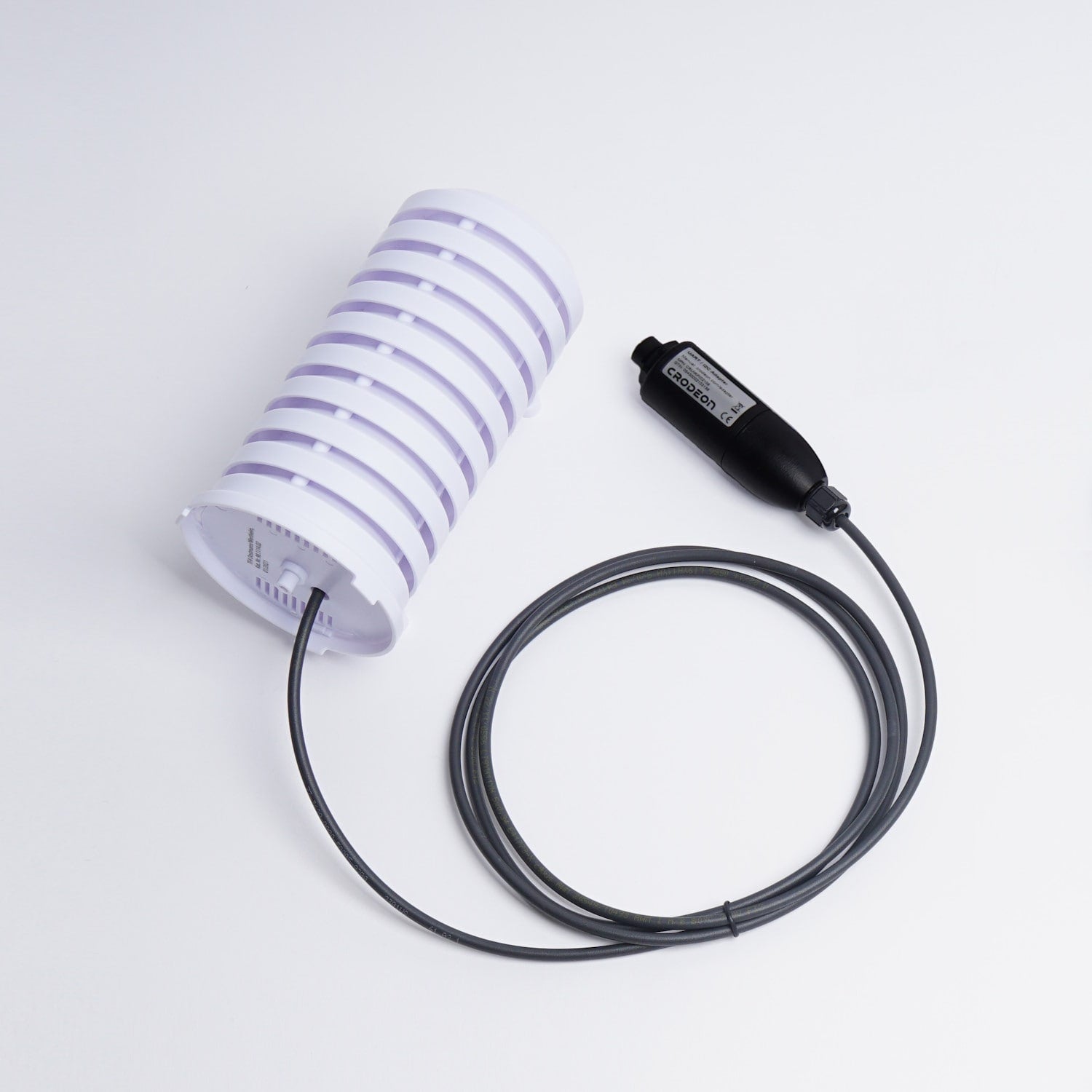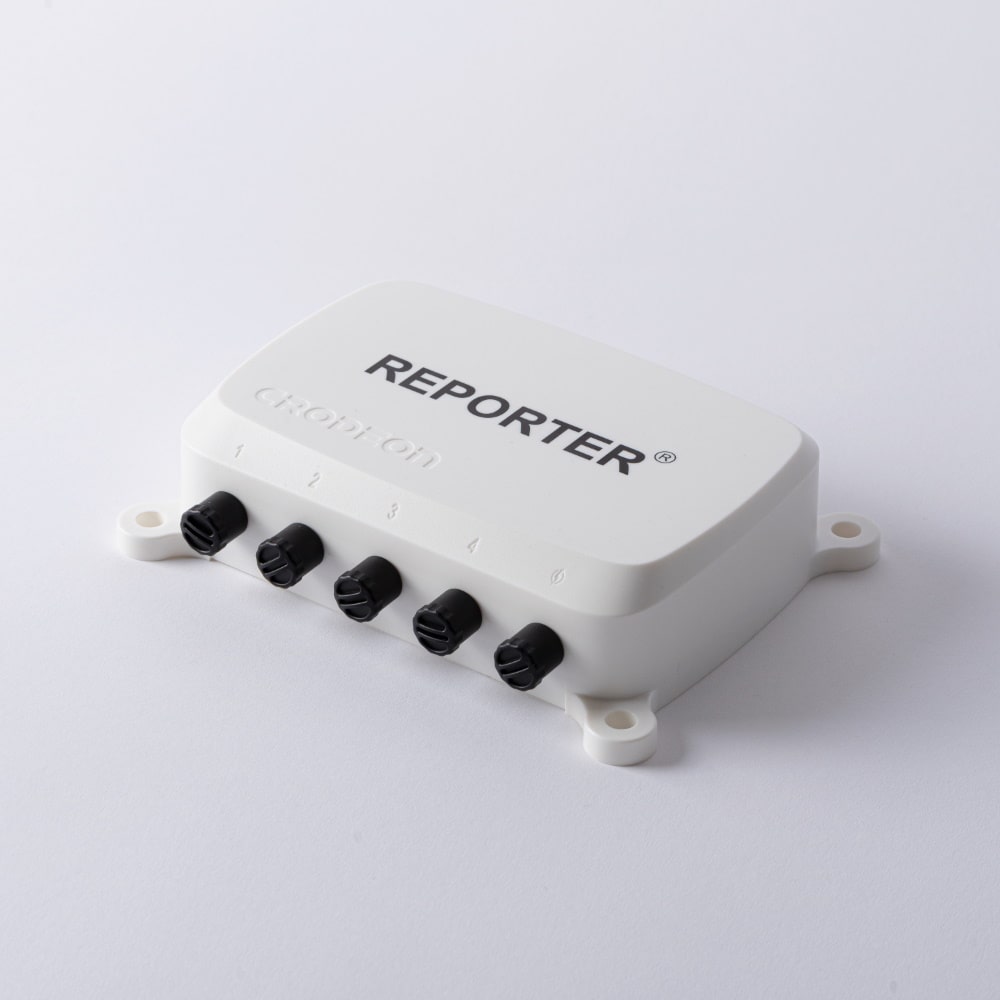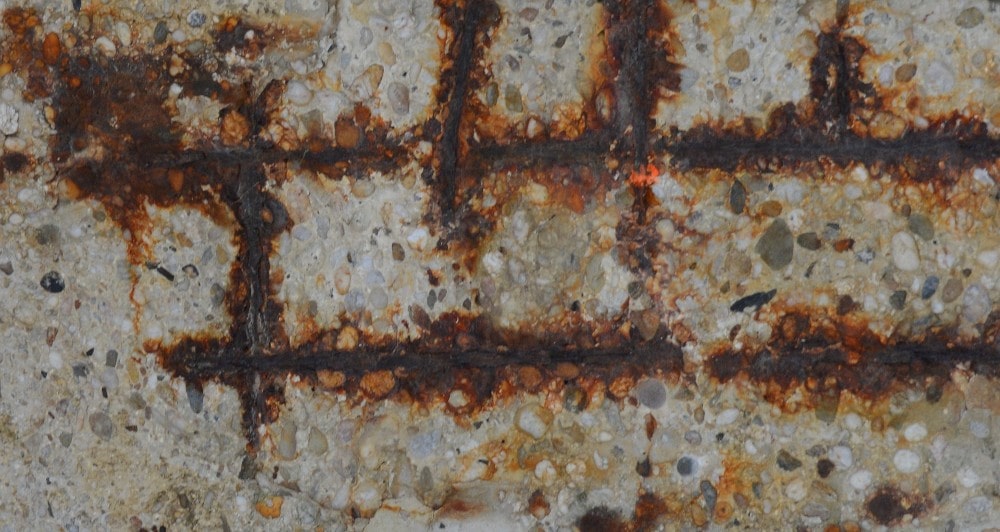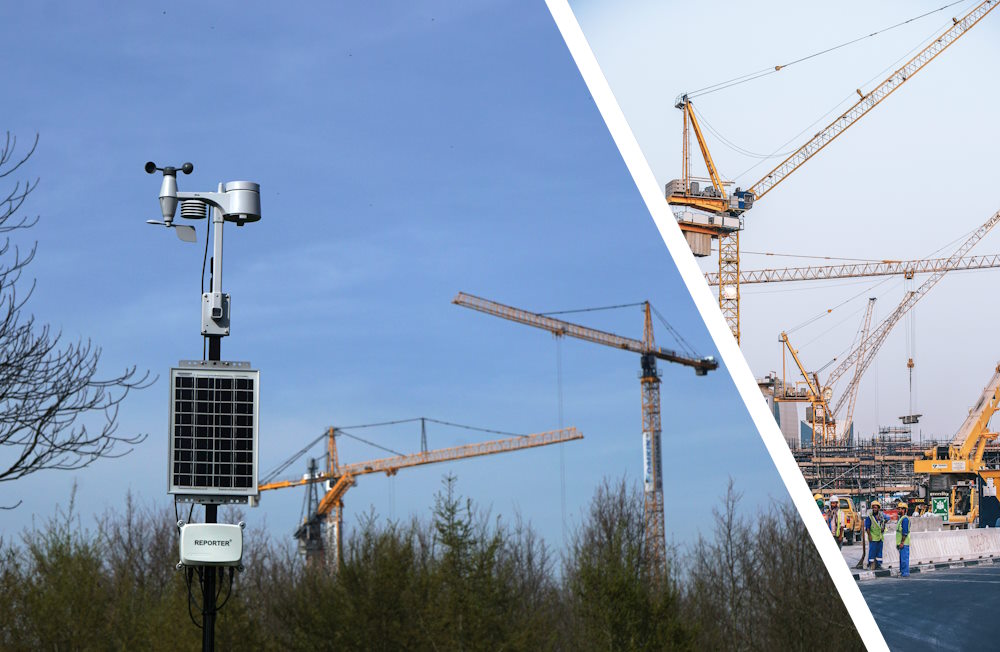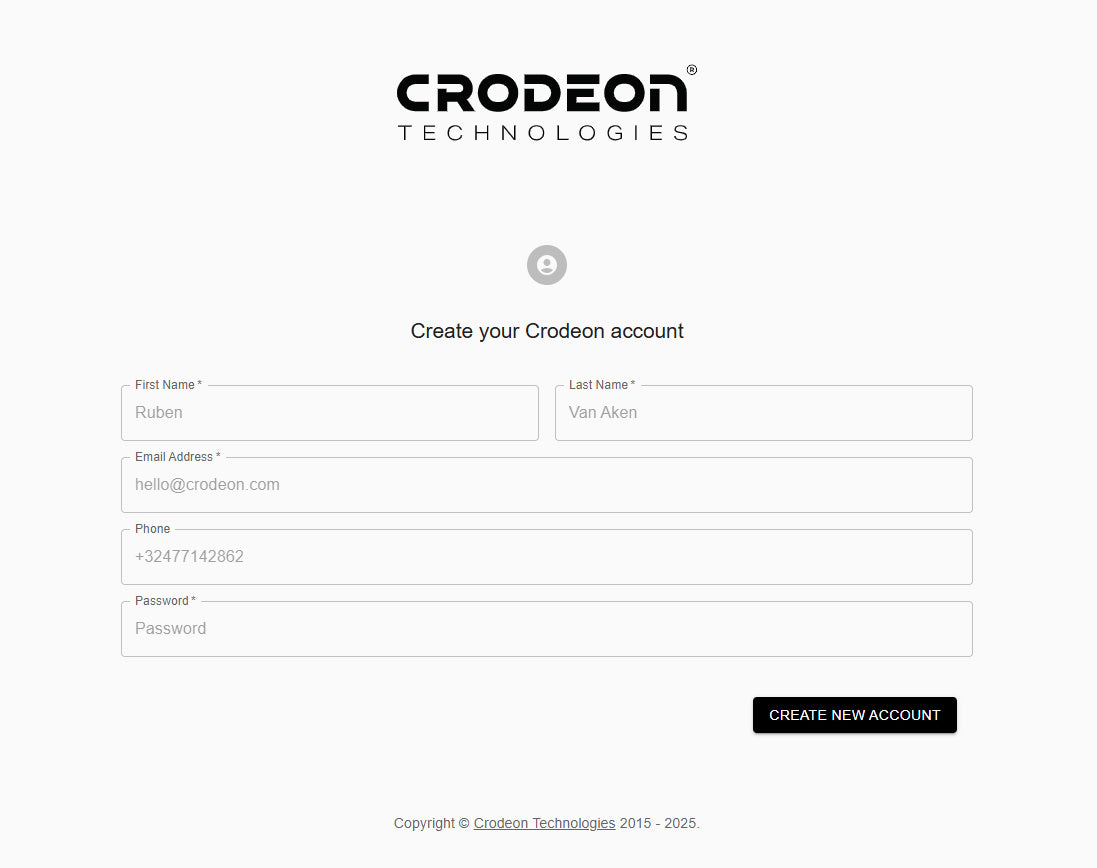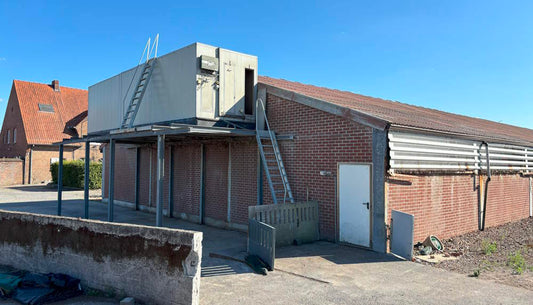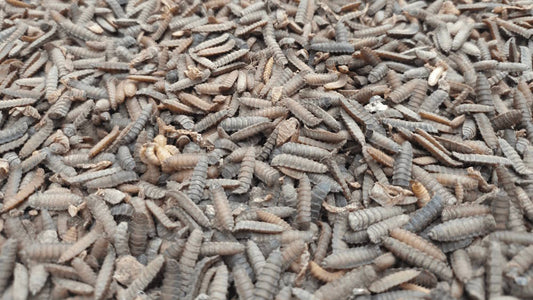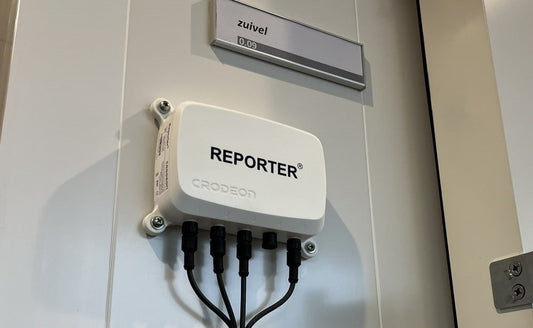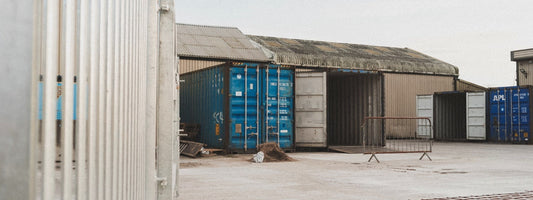Pourquoi surveiller l’humidité relative lors du durcissement du béton
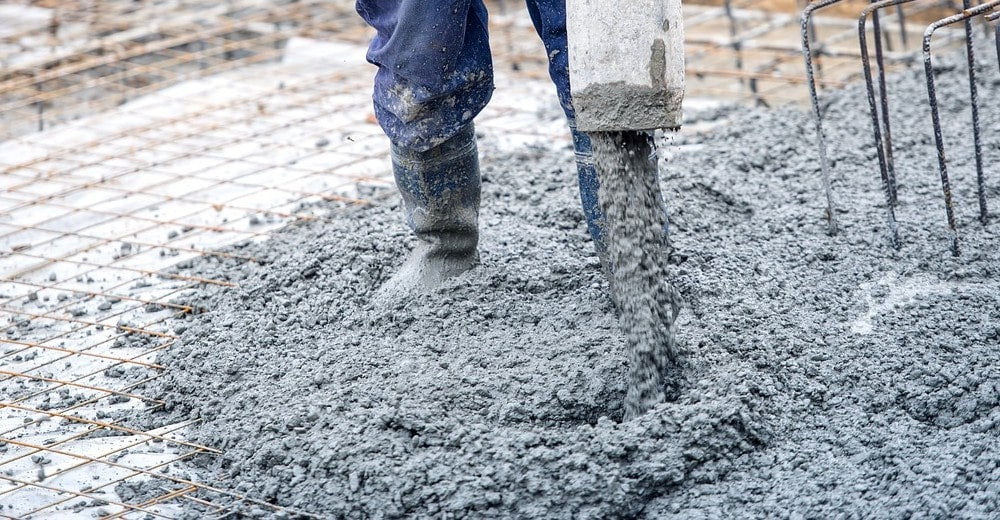
Il n'y a pas de meilleure sensation que de terminer un projet. Vous venez de couler du béton frais, mais il est maintenant essentiel de surveiller le processus de durcissement. En tant que professionnel, vous savez probablement que le béton a besoin de la bonne quantité d'humidité. Pas assez d'eau peut rendre votre béton cassant et sec, tandis que trop d'eau peut le rendre faible et poreux.
Pour encourager des conditions de durcissement optimales, il peut être nécessaire d'ajouter de l'eau à la surface de votre béton en cours de durcissement ou d'ajouter un déshumidificateur.
Pourquoi la surveillance du béton frais est importante
Le béton se forme lorsque certains composés du mélange de ciment s'hydratent en utilisant des molécules d'eau. Si l'eau s'évapore plus vite que les composés du ciment ne peuvent s'hydrater, le mélange devient sec et cassant. Cela peut entraîner des fissures, du retrait et d'autres défauts dans le béton. La couche supérieure du béton en cours de durcissement peut facilement être endommagée de cette manière lorsqu'elle sèche trop rapidement.
En même temps, un mélange de béton trop humide peut affaiblir le béton. Lors de la formation du béton, des hydrates de silicate de calcium se forment, créant un gel épais. Lorsque ce gel est trop dilué, il perd de sa résistance.
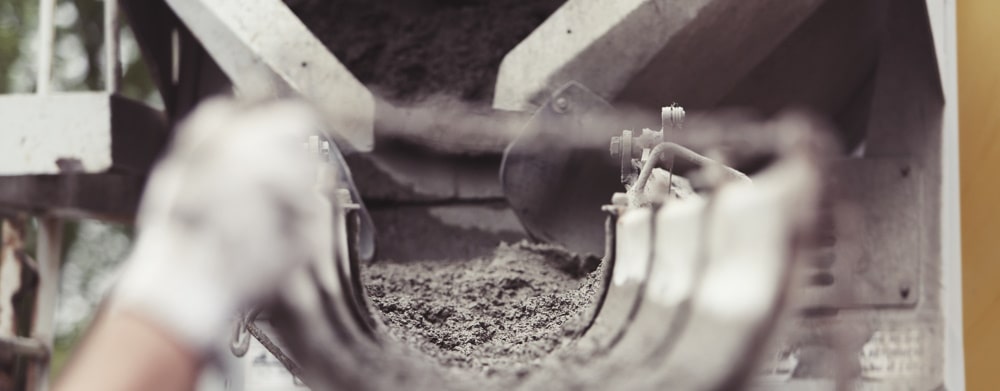
Pourquoi le béton devient-il trop humide ou trop sec ?
Les facteurs environnementaux tels que la température, l'humidité relative et le point de rosée ont un impact significatif sur le durcissement du béton. Une humidité relative élevée peut affecter les taux d'évaporation dans le mélange de béton. Si le mélange reste trop humide trop longtemps, les problèmes mentionnés ci-dessus peuvent apparaître.
De même, une humidité relative extrêmement basse peut faire sécher le mélange de béton trop rapidement. Si cela se produit, les hydrates de silicate de calcium n'ont pas le temps de se former, ce qui empêche le mélange d'atteindre son plein potentiel et le rend cassant et sec.
Veuillez noter que le séchage et le durcissement du béton ne sont pas la même chose. Le durcissement est le processus par lequel le béton durcit lorsque les hydrates de silicate de calcium cristallisent à l'intérieur du matériau.
Influence des conditions météorologiques
D'autres facteurs environnementaux tels que l'intensité du soleil, le vent, la tempête ou la pluie peuvent également affecter le durcissement du béton. Naturellement, la pluie ajoutera plus d'humidité à la surface du béton fraîchement coulé, tandis qu'une journée ensoleillée avec une forte brise peut évaporer rapidement l'humidité du mélange avant que les hydrates de silicate de calcium aient eu le temps de se former.

Un autre facteur environnemental à garder à l'esprit lors du coulage du béton est bien sûr la température. Les températures chaudes feront sécher le mélange de béton plus rapidement, car les molécules d'eau s'évaporent du mélange. Par temps chaud et ensoleillé, une évaporation excessive peut se produire. L'eau à l'intérieur du béton s'évapore plus vite que les composés du ciment ne peuvent s'hydrater et se cristalliser. En particulier, la surface du béton frais risque de « sécher » au lieu de durcir.
Les températures plus froides peuvent empêcher fortement les molécules d'eau de s'échapper du mélange en raison du point de rosée. Le point de rosée est la température à laquelle l'eau se condense. Plus l'humidité relative est élevée, plus le point de rosée est élevé. Plus l'air est froid, moins il peut contenir de vapeur d'eau. Par conséquent, couler du béton en automne ou en hiver signifie que l'air ambiant a plus de difficulté à absorber les molécules d'eau libérées par le mélange, ce qui entraîne très probablement la formation d'une couche de condensation ou d'eau sur le béton en cours de durcissement.
Les avantages de la surveillance du béton en cours de durcissement
Pour vous assurer que votre entreprise de construction peut fournir un béton de la plus haute qualité, il est conseillé de mettre en place une surveillance à distance pendant le durcissement de votre béton. Ainsi, vous pouvez être sûr que le béton répond aux normes de résistance et de durabilité requises. La surveillance à distance vous aidera également à optimiser votre planification de construction, car vous saurez exactement quand votre béton est suffisamment sec pour passer à l'étape suivante.
Capteurs d'humidité relative pour le durcissement du béton
Un capteur d'humidité relative peut aider à mesurer l'état de votre béton en temps réel. Idéalement, ce capteur devrait disposer d'une fonction d'alerte lorsque les conditions pendant le durcissement deviennent sous-optimales. Après tout, un béton faible ou cassant ne possède pas les propriétés qu'il est censé avoir.

Un sol en béton fraîchement coulé qui est encore humide endommagera le revêtement installé dessus. L'excès d'humidité piégé à l'intérieur du béton essaiera de s'évaporer. Cette accumulation de vapeur sous pression peut faire éclater la surface de la dalle de béton. Si l'inspection révèle que votre béton est de qualité inférieure, vous devrez probablement refaire votre travail, ce qui entraînera d'énormes retards et une révision de votre planification.
Ces retards peuvent également entraîner des coûts supplémentaires. Plus un projet dure, plus il sera coûteux. Le personnel devra être payé et des machines pourront devoir être louées. Pour éviter des coûts supplémentaires, il est bénéfique de faire avancer le projet aussi rapidement que possible.
Le capteur d'humidité relative à distance peut aider à optimiser l'utilisation des ressources, car vous aurez besoin de moins d'additifs. Il vous aide à réduire les coûts en évitant les mesures manuelles de l'humidité relative dans votre béton. De plus, il pourrait bien éviter la nécessité de réparations et de remplacements à l'avenir.
En résumé : la surveillance de votre béton peut réduire les coûts, prévenir les retards, éviter les dommages et réduire le travail manuel.

La solution professionnelle idéale : Reporter
La surveillance du béton en cours de durcissement ne doit pas être compliquée. Des solutions modernes qui vous assistent, vous et votre équipe, sont facilement disponibles. Une telle solution est Reporter, notre module capteur pour la surveillance à distance.
Les caractéristiques clés de Reporter sont conçues pour vous faciliter la vie, ce qui permet de configurer vos projets de mesure en toute simplicité.
Connectivité
Ne vous inquiétez pas pour l'internet et la connectivité, Reporter utilise les données cellulaires pour transférer ses mesures vers le cloud. Il n'est pas nécessaire d'obtenir une connexion Wi-Fi.
Ceci est particulièrement avantageux lorsque votre chantier de construction se trouve en plein milieu de nulle part, sans réseau électrique disponible ou là où l'alimentation est instable.
Sur le Crodeon Dashboard, notre plateforme cloud, vous pouvez visualiser vos mesures en direct ou exporter et analyser les données historiques.
Alimentation
En parlant d'alimentation, Reporter est compatible avec l'énergie solaire ainsi que l'alimentation par réseau. Avec l'option solaire, Reporter est équipé de son propre petit mais puissant panneau solaire. L'option par réseau utilise un adaptateur secteur.

Notifications d'alarme
Sur le Crodeon Dashboard, vous pouvez ajuster tous les paramètres que vous souhaitez, tels que l'intervalle de mesure ou les seuils d'alarme. Les notifications d'alarme vous tiendront informé, 24h/24 et 7j/7, sur votre béton frais.
La fonctionnalité d'alerte en temps réel de Reporter peut aider votre entreprise de construction à identifier rapidement tout problème pendant le processus de durcissement, ce qui évite des problèmes futurs ou des retards importants dans votre planification.
Mesure combinée
Reporter dispose de quatre connecteurs, auxquels vous pouvez connecter jusqu'à quatre capteurs. Ainsi, en plus d'un capteur d'humidité relative, vous pouvez également connecter une station météo pour votre chantier, un capteur de niveau submersible, et un débitmètre ultrasonique.
De cette façon, vous pouvez combiner tous vos besoins de mesure dans un seul appareil : Reporter, la solution professionnelle idéale.

Un plan concret
Les matériaux sont chers et votre temps et vos efforts ont un coût. Il serait dommage de devoir refaire tout le travail de coulage du béton et attendre à nouveau qu'il durcisse. Un dispositif de surveillance à distance comme Reporter, qui vous tient informé des conditions sur votre chantier, vous fera gagner beaucoup de temps et d'argent.
Arrêtez d'envoyer quelqu'un pour des mesures manuelles, Reporter peut tout faire pour vous. Quittez vos chantiers avec l'esprit tranquille, en faisant confiance à Reporter comme votre paire d'yeux supplémentaire.
Prêt à rendre votre chantier plus intelligent avec la surveillance à distance pour le durcissement du béton ? Ne perdez plus de temps et contactez-nous dès aujourd'hui.
Vous pourriez également être intéressé par :
En savoir plus sur les effets de l'humidité sur le durcissement du béton :
Das, Bibhuti & Singh, Devendra & Pandey, S.P.
Indian Concrete Journal. 88. 48-55.

